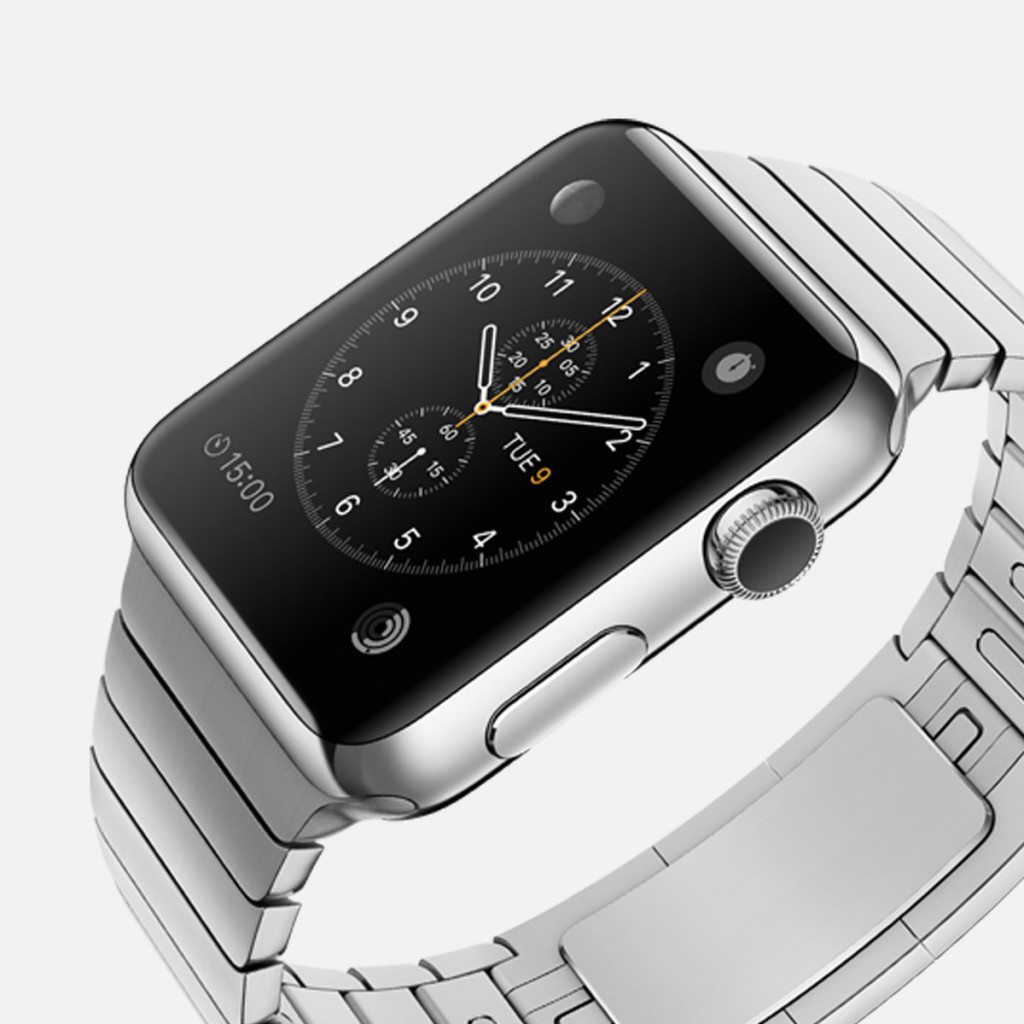Wearables are a mess at the moment. Pumped to be the next big thing since the iPad, not even the Apple Watch is doing particularly well. A lot of this is because—unlike the iPod, iPhone, and iPad—Apple’s effort broke both the naming and product focus model that made these other products both successful and market drivers for similar offerings. No one else has, until now, stepped in to take the lead in the core technology needed to drive lower prices, higher feature consistency, and a stronger overall performance in the segment.
Let’s talk about why the Apple Watch is underperforming, and then how Qualcomm is moving to help the entire segment.
Apple Watch Mistakes
The iPod set the tone for a strategy to bring to market a product that could take a poorly-functioning market and spin it to Apple’s benefit. It wasn’t successful at first, but took three versions to get to where it needed to be to basically carry the Apple turnaround. The elements were an iconic and unique name that Apple could protect, the ability to work with other platforms (Windows), the ability to work alone (it only needed to be connected when being loaded), and a strong design consistent with its use.
You can see all of this repeated with the iPhone and the iPad, but not with the Apple Watch. First the name is generic more like Apple TV (a less successful effort) than the iPod. Second, it only works with iPhones not with Android phones cutting its total available market down sharply. Third, it only works completely when connected to the iPhone—it does not function well without the phone. And fourth, it is called a “watch” but its design is more like a tiny iPad.
It literally broke every one of the four pillars that Steve Jobs so painstakingly learned and implemented. Finally, for the iPod, the one thing that was unique to it as a ground-breaking product is that it did one thing—and only one thing initially—very well and that was play music. The Apple Watch tries to be a jack of all trades and doesn’t really stand out even with telling time (which you would think something with the name “Watch” would do very well).
Yet it is still arguably the most successful smartwatch in the segment which showcases how messed up the segment is. Outside of fitness bands the market hasn’t really shown a lasting affinity yet for an iPod-like product.
Granted, for everyone other than Apple, this is a good thing because the iPod pretty much owned the MP3 market leaving very little for anyone else.
Qualcomm
Looking at the opportunity Apple has created, Qualcomm has moved aggressively to create a foundational offering that should allow someone else to better create an iPod-like product that is wearable. Even Apple.
Much like you would do for a PC or smartphone, it has released Snapdragon Wear 2100 which is a SoC (System on Chip) solution specifically for wearable devices. This puts a much heavier emphasis on sensors, battery life, and size than you would typically see even in a smartphone SoC solution. Specifically, this is 30 percent smaller, 25 percent more power efficient, and has a wider selection of sensors and a higher focus on accuracy than Qualcomm’s leading smartphone design. But—like smartphones—this too is designed to always be connected either to a smartphone, Wi-Fi, and/or LTE and the same design will work with all three network types, simplifying development.
Both LG and AT&T have initially come out in support of this offering and unlike many announcements of this type—where availability is months off—this technology is available today suggesting we’ll see it in actual products in the second half of the year.
Wrapping Up: The Rebirth of Wearables
Having a consistent platform will certainly help a great deal with apps, and to get performance up and costs down on this class of products. But we are still waiting for that iPod offering that either galvanizes the market like the original Apple PC did or takes it over like the original iPod did. It still could be Apple, but it looks like LG and AT&T have different ideas. Whatever they are, Qualcomm has created the platform to make this all possible. The question just remains who is going to create that iPod event with it.
- The HP OmniBook X Flip 2-in-1 16-Inch: Your New Digital Swiss Army Knife (Now in Glorious Atmospheric Blue) - June 25, 2025
- The Open AI Avalanche: Why AMD’s Collaborative Spirit Is Outmaneuvering NVIDIA’s Empire - June 22, 2025
- Lenovo Embraces OpenBMC: A Step Towards Greater Transparency and Control in the Data Center - June 17, 2025




Comments are closed.